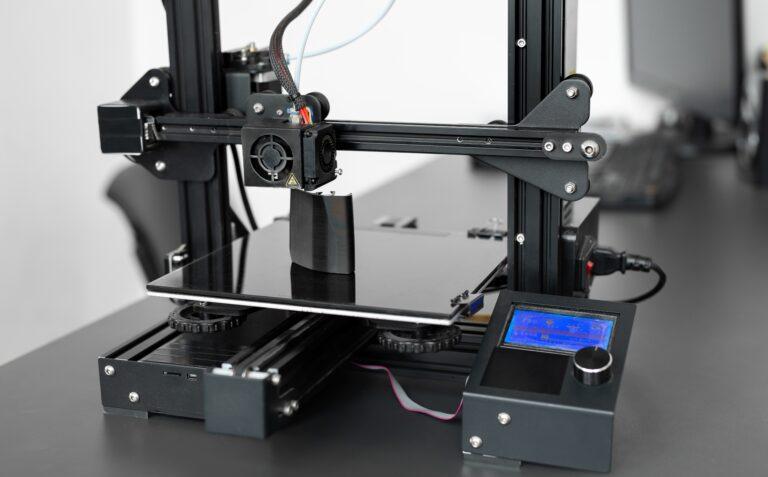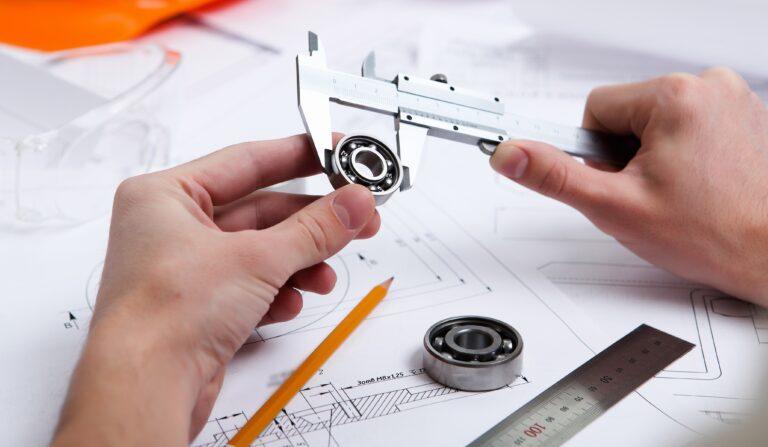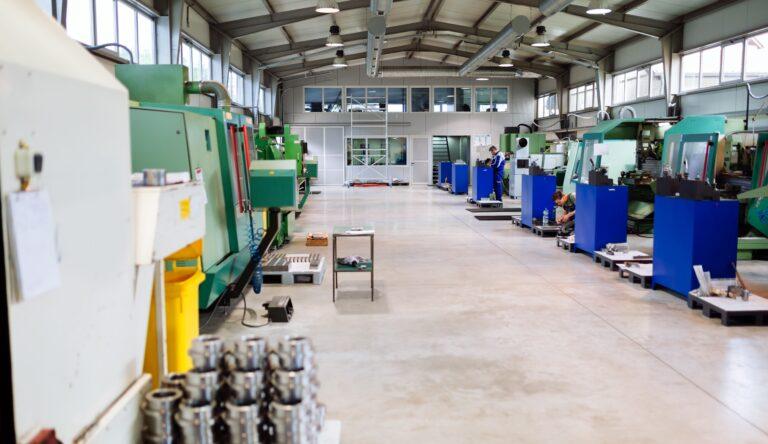To commemorate March 8th, International Women’s Day, at Proto&Go!, we want to focus attention on significant women in the history of 3D printing.
Today, more and more women are mastering additive manufacturing technology and are involved in industries such as aerospace, automotive, medical, design and education.
In this article we tell you how women have contributed to different sectors, driven by their passion for new technologies and innovation.
Neri Oxman, leader in biological design
Neri Oxman is a designer, architect and director of the Mediated Matter research group at MIT. He has researched and developed new materials and processes for 3D printing, including 3D printing of glass and other composite materials.
The designer always ended her first projects with the creation of a useful piece, a piece of furniture, a fabric or any other object. One of the main characteristics of his projects is that they always have an unquestionable aesthetic as well as scientific value. However, for Oxman, design that only thinks about beautifying the world will not survive, therefore, it is necessary to investigate and understand how nature works in order to adapt to it (being both beautiful and perfectly functional).
In 2015, his team began exploring the possibilities of 3D printing with molten glass, since, until then, only glass powder was used in prints. The team developed the G3DP, a printer for optically clear glass. This machine, nicknamed “the glass sewing machine”, controls the transparency, color, texture and hardness of the process, allowing the creation of glass pieces usable in architecture and in the manufacture of small objects.
Although Oxman’s main interest is the search for new materials related to living organisms, he is also currently doing research to improve conventional materials.
Nieves Cubo and skin bioprinting
Nieves Cubo is an engineer, researcher and pioneer in the field of 3D fabric printing. He was the first person to fabricate human skin on a 3D printer (using cells from human patients).
One of the projects in which it has participated is the project on Disease Prevention with Antimicrobial Materials in the Food and Health Sectors, which consisted of preparing plastics resistant to the growth of microorganisms.
In recent years, his work has been focused on the development of new bioinks and cell deposition processes that allow him to generate new tissues. Its objective is to achieve replicable, low-cost systems that can be reproduced in other parts of the world, and that allow the optimization of 3D printing deposition processes in an attempt to overcome the limitations of this technology.
Danit Peleg and the fusion of fashion and 3D printing
Danit Peleg is a fashion designer and was the creator of the first commercially available 3D printed clothing.
She was recognized by Forbes as one of the 50 most important women in technology in Europe. Its main innovations have been related to the creation of different fabrics with 3D printing.
He designed his first 3D printed jacket, called the Liberte, after much experimentation with different materials and configurations. After this initial success, he created more designs to form a complete collection.
Subsequently, he started his own studio, through which he provides custom 3D printed designs for clients.
The future of women in 3D printing
All in all, we can say that women in the 3D printing industry are an example of perseverance and determination. Despite the gender barriers that still exist in the industry, they are demonstrating their ability to lead and create innovative solutions on a daily basis.
3D printing technology is constantly evolving and improving, and the contribution of women in this field is fundamental to its continued development.
As additive manufacturing technologies develop, so does women’s participation in them. Still, to achieve equality, gender barriers in the technology industry must continue to be broken down.





